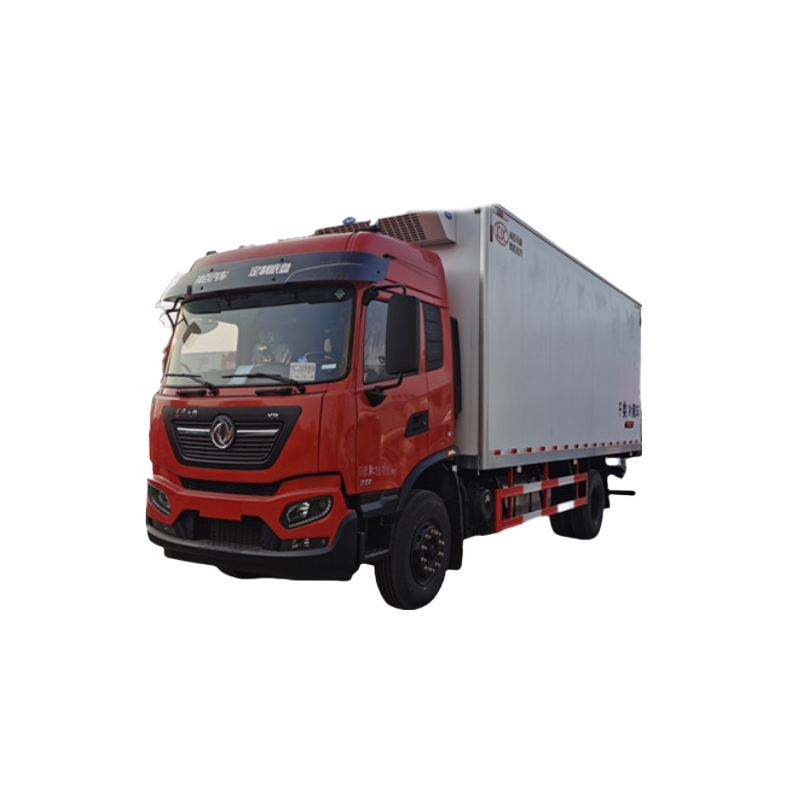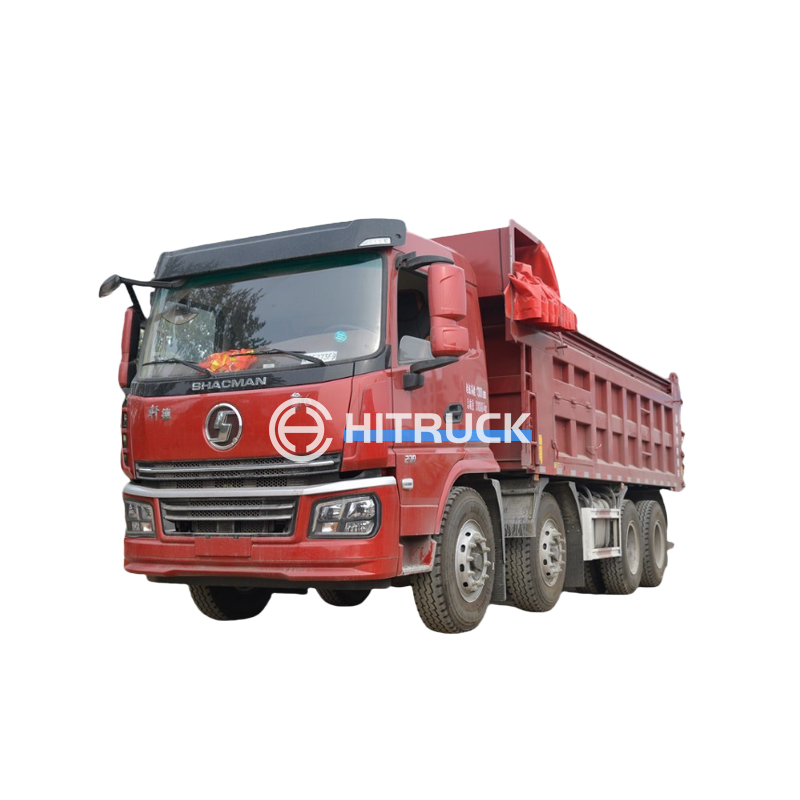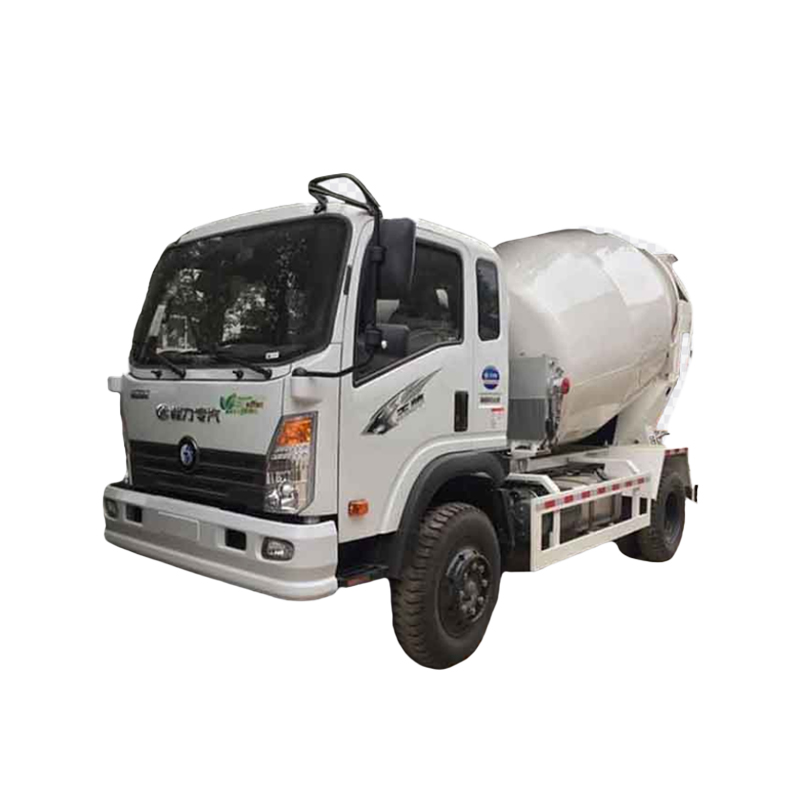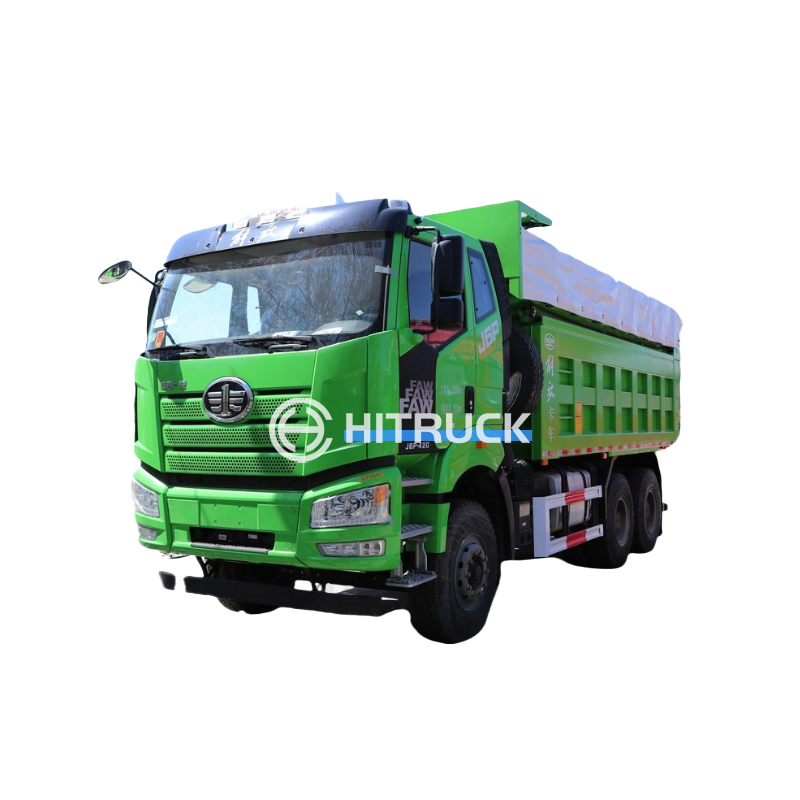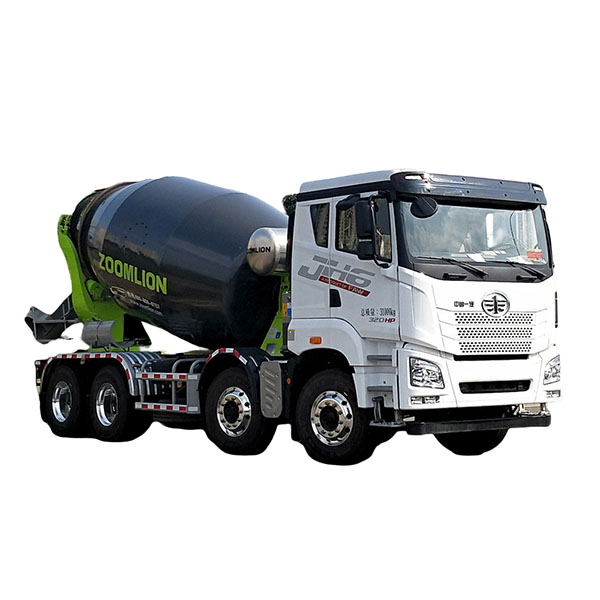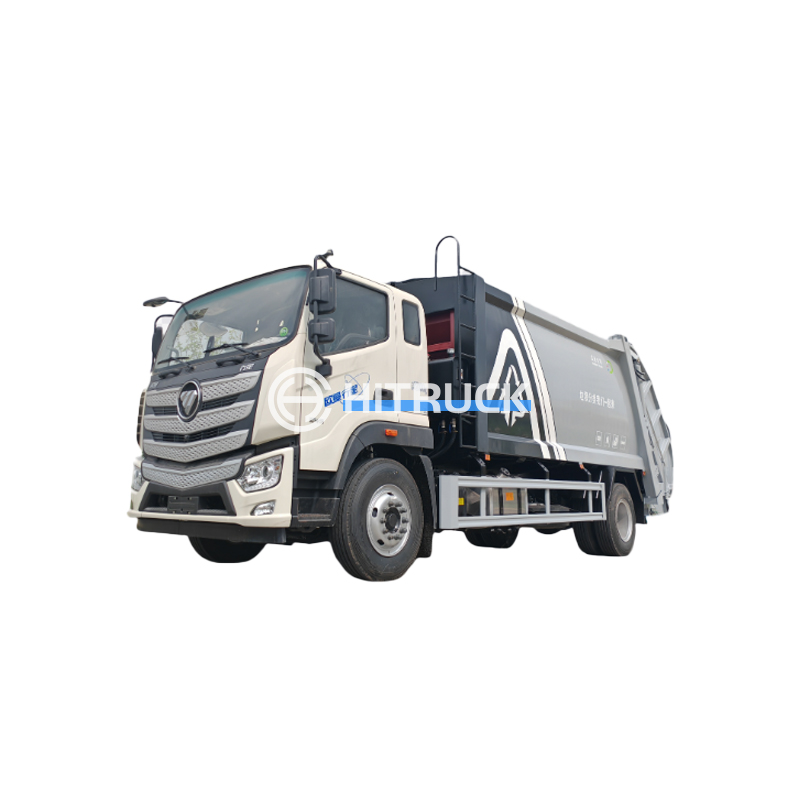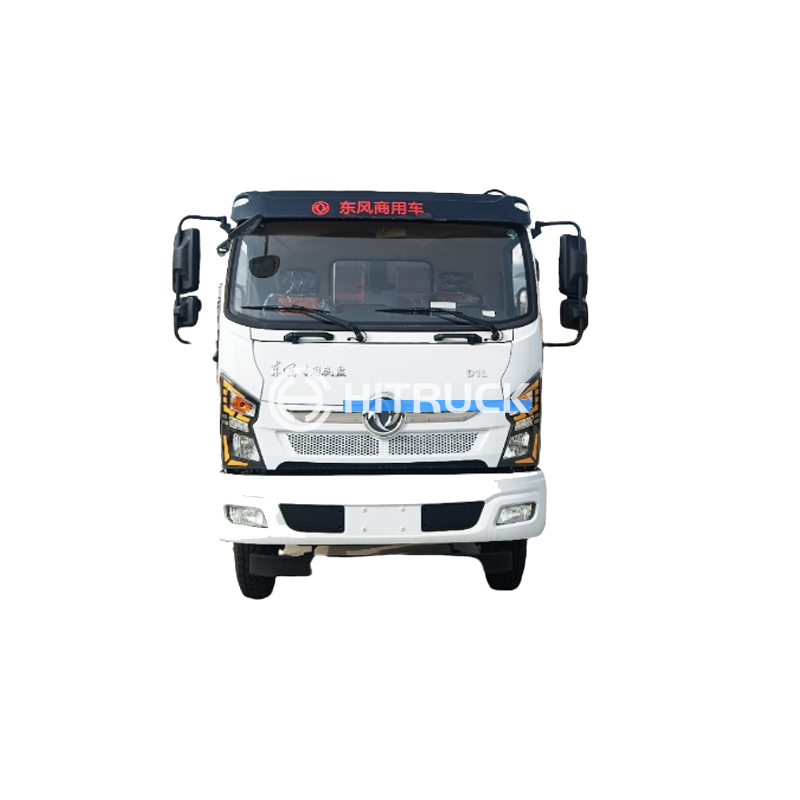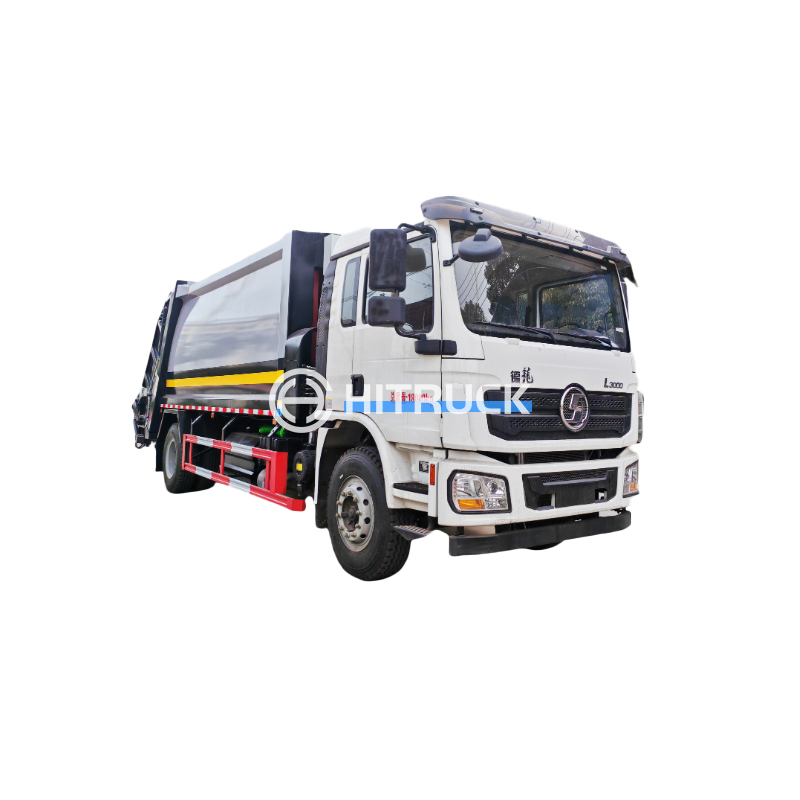Learn everything about fire truck sirens: their types, how they work, their sound characteristics, and their importance in emergency response. This comprehensive guide covers the technology behind these vital warning devices and explores their impact on public safety.
Mechanical sirens, once the standard, use rotating components to produce sound. They are known for their distinctive, wailing sound, easily recognizable as a signal of emergency. While less common now, some departments still utilize these robust sirens, which often require less maintenance than their electronic counterparts. However, they can be less versatile in terms of sound modulation.
Electronic sirens offer greater versatility and control over sound output. They can produce a wider range of sounds, including different tones and patterns, allowing for better communication and warning signals. Many modern fire truck sirens utilize electronic technology, providing superior sound quality and control for emergency responders. The use of electronic sirens also often leads to lower maintenance and better fuel efficiency.
Some fire trucks utilize a combination of mechanical and electronic sirens, offering the best of both worlds. This allows for a powerful, recognizable mechanical wail, along with the flexibility of electronic tones for specific situations. This approach combines the traditional auditory cues with modern technological enhancements.
The operation of a fire truck siren depends on its type. Mechanical sirens use rotating parts to force air through a horn, creating sound waves. Electronic sirens use electronic oscillators and amplifiers to generate sound waves, often through a speaker system. These electronic systems allow for more precise control over the sound's pitch, volume, and pattern. Understanding how these sirens function highlights the engineering involved in creating such a critical safety feature.
The sound produced by a fire truck siren is carefully designed to be attention-grabbing and easily identifiable. Regulations often dictate the minimum sound levels and specific frequencies used to ensure effectiveness while limiting noise pollution. These regulations vary across jurisdictions but generally aim to balance the need for clear warnings with considerations for public health. Specific frequency ranges are chosen for optimal audibility in various conditions. For instance, lower frequencies are better at penetrating dense urban environments.
Fire truck sirens are crucial components of emergency vehicle response. They immediately alert the public to the presence of emergency vehicles, clearing paths and ensuring a safer environment. The clear, distinct sound of a siren provides critical warning, significantly contributing to the safety of both emergency responders and the public. The effectiveness of the siren depends on its sound characteristics and audibility in the surrounding environment. Improper functioning or lack of a siren could lead to accidents or delayed response times.
The selection of a siren depends on several factors, including the type of vehicle, operational environment, and budget considerations. Factors such as durability, ease of maintenance, and sound quality are all important in determining which siren is best suited for a specific application. You can find a range of sirens from various manufacturers, each offering different features and specifications. For a wide selection of high-quality truck parts, explore Suizhou Haicang Automobile sales Co., LTD.
Regular maintenance is essential for ensuring the proper functioning of a fire truck siren. This includes periodic inspections, cleaning, and repairs as needed. Proactive maintenance helps to prevent unexpected failures and ensures reliable performance during emergencies. Consult your siren's manufacturer's instructions for specific maintenance recommendations.
| Siren Type | Advantages | Disadvantages |
|---|---|---|
| Mechanical | Robust, recognizable sound | Less versatile, higher maintenance |
| Electronic | Versatile sounds, lower maintenance | Can be more complex to repair |
| Combination | Combines best of both types | More complex system |

